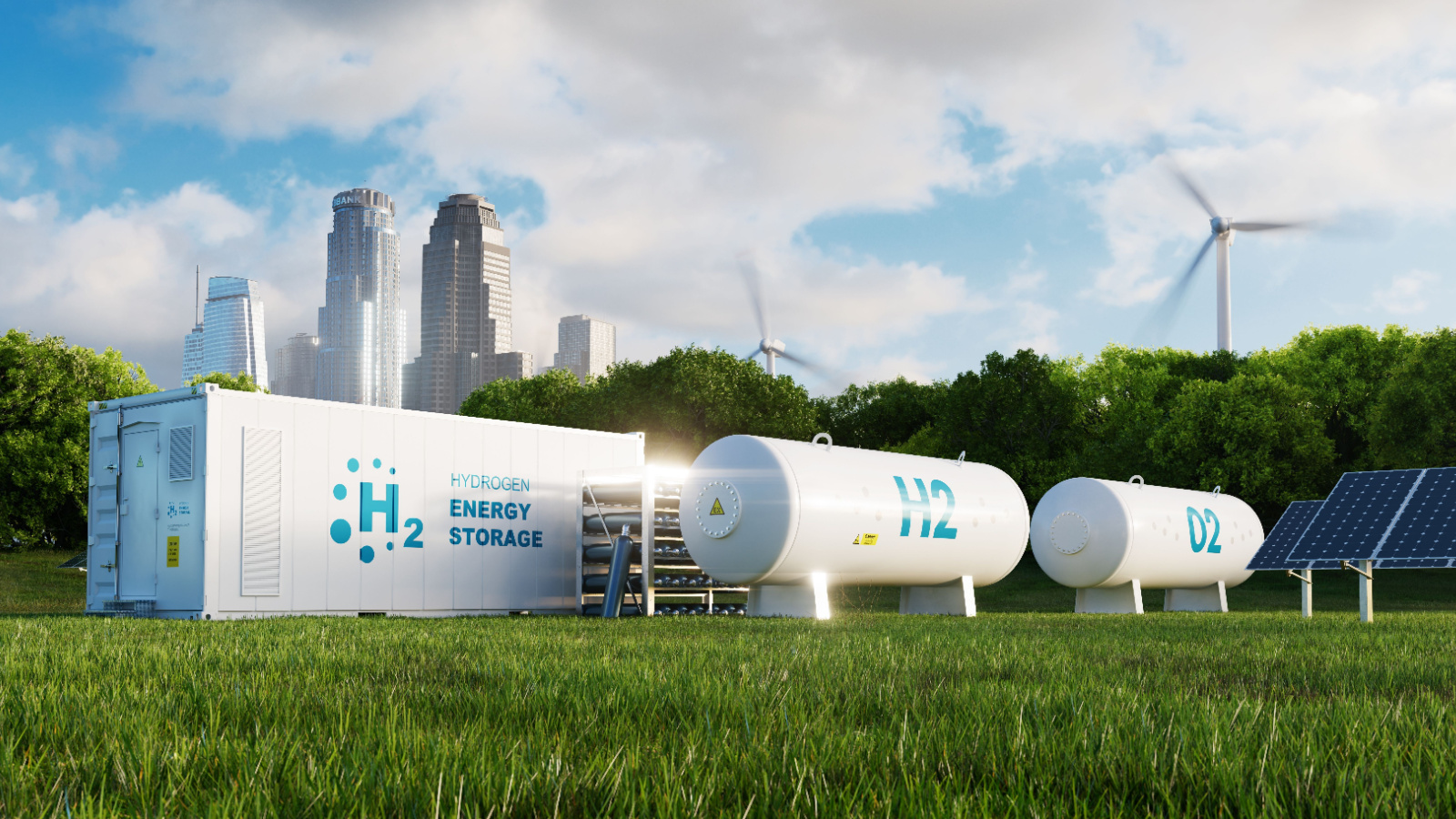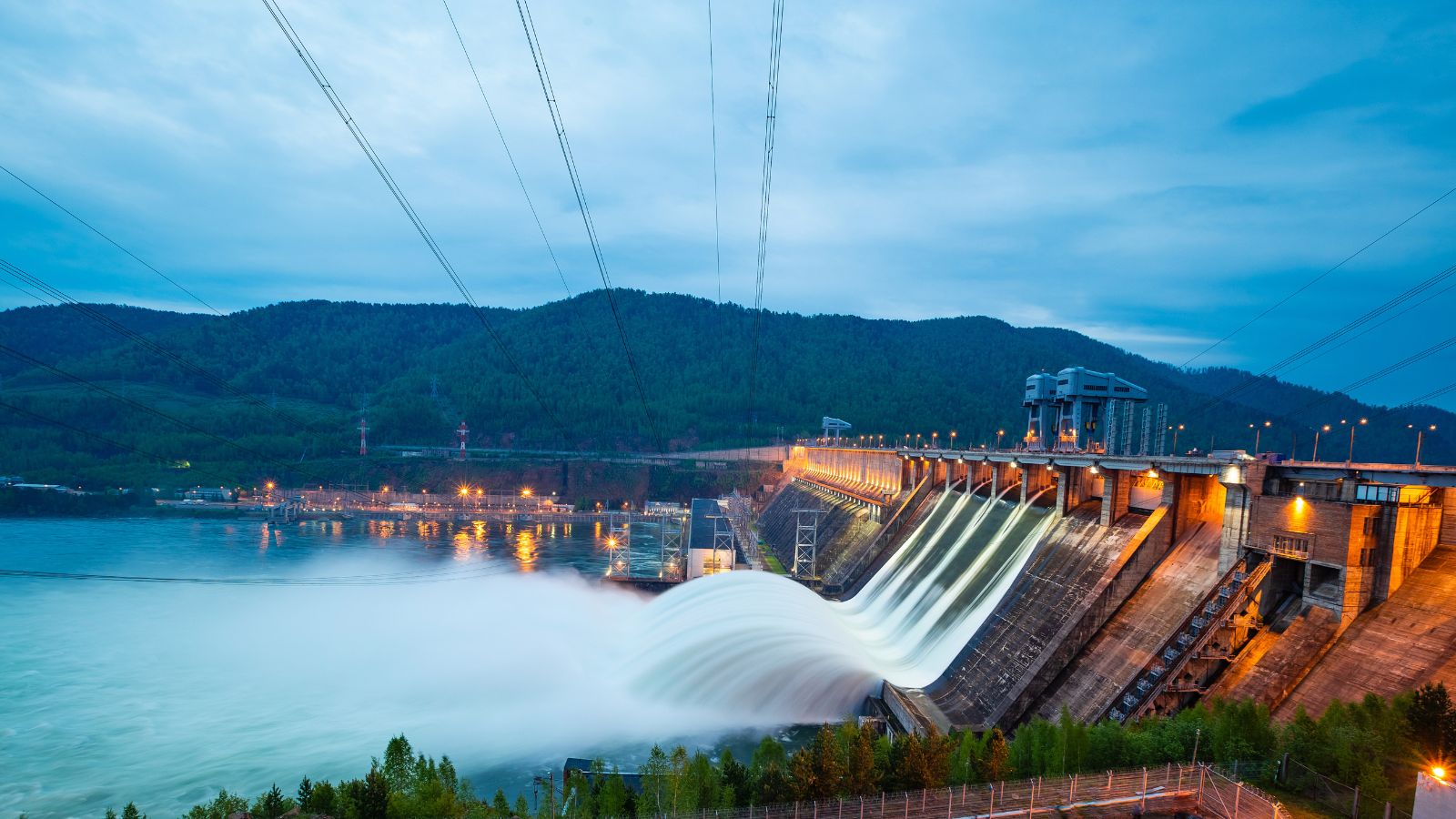Few nations are as quietly strategic about the future as Canada. While others chase headlines and short-term wins, Canada has been methodically building a foundation for sustainability, inclusivity, and technological strength. The country’s forward-thinking policies span multiple sectors, blending innovation with stability. Here are 19 ways Canada is preparing for the future better than anyone else.
Leading in Green Hydrogen Development

Canada’s growing investment in green hydrogen is positioning it as a clean energy leader. The federal government has already approved multi-billion-dollar projects in Quebec, Newfoundland, and Alberta aimed at producing hydrogen for domestic and export use. These initiatives are not just about clean fuel, they’re about creating a scalable, low-emission economy. Green hydrogen will help decarbonize heavy industries like shipping, steel, and aviation, sectors that have long resisted electrification. The country’s rich hydropower resources give it a competitive edge, allowing it to produce hydrogen efficiently and sustainably, strengthening both energy security and global trade potential.
Future-Proofing with AI Regulation

While many countries still debate how to handle artificial intelligence, Canada has already introduced the Artificial Intelligence and Data Act (AIDA) to ensure ethical development. This early regulatory framework focuses on responsible innovation, privacy protection, and accountability. It’s designed to balance AI progress with societal well-being, addressing bias, surveillance, and misuse before they spiral into major issues. Universities and startups are working under these guidelines, creating transparent AI models that can be trusted internationally. This proactive governance gives Canadian AI firms a clear ethical advantage in global markets increasingly demanding responsible technology standards.
Expanding Renewable Power Grids

Massive infrastructure projects are modernizing Canada’s electricity grids to integrate renewable energy sources more efficiently. Provinces like British Columbia and Ontario are leading efforts to connect solar, wind, and hydroelectric power into unified systems capable of supporting growing population centers. The plan includes upgrading transmission lines and introducing smart grid technologies that can manage fluctuating demand. These improvements not only reduce carbon emissions but also protect households from volatile global energy prices. By future-proofing its power systems, Canada is securing reliable, clean electricity for industries and citizens alike for decades to come.
Building a National EV Charging Network

The federal government’s $1.2 billion plan to create a coast-to-coast electric vehicle charging network is reshaping transportation. Every major highway will soon have EV charging stations within 80 kilometers of each other, eliminating range anxiety. Urban centers are expanding incentives for apartment buildings and workplaces to install chargers, while automakers are introducing locally assembled EVs. This unified effort aligns environmental policy with industrial growth, giving rise to new jobs in engineering, logistics, and battery production. Canada’s comprehensive EV infrastructure plan ensures it will be ready for the mass adoption of electric mobility by 2035.
Investing in Indigenous-Led Climate Solutions

Indigenous communities are at the forefront of Canada’s climate initiatives, developing renewable energy projects and land stewardship programs that blend modern technology with traditional knowledge. Examples include solar farms in northern Manitoba and reforestation projects in British Columbia led by Indigenous organizations. Government partnerships have directed significant funding toward these ventures, recognizing their value in sustainable land use and biodiversity protection. These projects not only generate clean power but also empower Indigenous economies and cultural preservation. The model represents an inclusive, community-driven approach to environmental resilience that other nations are now studying closely.
Strengthening Arctic Infrastructure

With climate change transforming the Arctic, Canada is investing heavily in northern development. New ports, broadband networks, and research facilities are being established to support both local communities and strategic interests. The High Arctic Research Station in Cambridge Bay, for instance, focuses on climate adaptation, resource management, and sustainable development in extreme conditions. Improved infrastructure helps ensure sovereignty over vital northern territories and opens opportunities for cleaner shipping routes through melting sea ice. The combination of defense readiness and sustainable planning positions Canada as a leading Arctic power in a rapidly changing geopolitical landscape.
Modernizing Education for Future Jobs

Educational reforms are being designed to align with automation, digital literacy, and sustainability. Canada’s provinces have integrated coding, climate science, and data literacy into school curricula. Universities are partnering with tech companies to build innovation hubs that bridge the gap between academia and industry. Programs emphasize critical thinking, adaptability, and interdisciplinary learning, skills essential for the evolving job market. By promoting lifelong learning and retraining for adults, Canada ensures that its workforce can adapt to technological disruptions. This forward-looking education model prepares both students and workers for a global economy driven by change.
Leading in Quantum Computing Research

Canadian institutions like the Perimeter Institute and the University of Waterloo have become global centers for quantum computing. Startups such as Xanadu and D-Wave are pioneering real-world applications of quantum technology, from cryptography to materials science. Federal funding supports these companies through innovation grants and strategic partnerships. Quantum computing’s potential to revolutionize data processing and artificial intelligence is immense, and Canada’s early dominance ensures a strong position in this field. With a focus on research collaboration and commercialization, Canada’s quantum ecosystem is creating the backbone of future computational power.
Developing Smart and Sustainable Cities

Municipal governments across the country are investing in intelligent urban planning. Projects like Sidewalk Labs in Toronto and smart transit systems in Montreal focus on sustainability, mobility, and efficiency. These cities are incorporating renewable building materials, digital waste management, and green roofs to combat urban heat. Transit-oriented development reduces car dependency, promoting affordable and eco-friendly living spaces. By merging technology with city design, these urban centers are creating data-driven environments that prioritize livability. Canada’s smart city model is evolving as a global blueprint for how to balance growth with sustainability.
Securing Food Systems through Innovation

Agriculture is transforming through precision farming, drone technology, and climate-resilient crops. Farmers are using sensors and satellite data to optimize water and fertilizer use, increasing yields while cutting emissions. Vertical farming startups in cities like Calgary and Vancouver are revolutionizing urban food supply by growing produce year-round. Government incentives encourage local food production and sustainable supply chains. These innovations strengthen food security against global disruptions, ensuring access to nutritious, locally sourced foods. Canada’s embrace of agri-tech signals a long-term strategy to feed its population sustainably amid climate uncertainty.
Emphasizing Public Health Preparedness

After lessons learned from the pandemic, public health policy has shifted toward preparedness rather than reaction. Canada is expanding domestic vaccine manufacturing, increasing stockpiles of critical medical supplies, and enhancing early-warning surveillance systems. Investments in genomic research allow quicker identification of emerging diseases. The Public Health Agency of Canada has implemented digital monitoring for outbreak prediction, ensuring faster responses. Collaboration between provinces and private biotech firms is building resilience into healthcare delivery. These proactive measures demonstrate that health security is now viewed as a permanent national infrastructure priority.
Pioneering Ethical Mining Practices

The global transition to electric energy has increased demand for critical minerals such as lithium, nickel, and cobalt. Canada is addressing this through ethical and environmentally responsible mining policies. New regulations mandate transparency, community consultation, and ecological restoration. Exploration projects in Ontario, Quebec, and the Northwest Territories emphasize renewable-powered extraction. By maintaining strict environmental and labor standards, Canada ensures its resources remain both competitive and sustainable. This approach builds global trust, making it a preferred supplier for countries seeking ethically sourced minerals for clean technologies.
Rebuilding Housing with Sustainability Standards

Housing initiatives are evolving to prioritize environmental responsibility and affordability. Government-backed programs encourage developers to meet new energy efficiency codes, such as net-zero-ready standards. Affordable housing projects are using low-carbon materials and integrating renewable energy sources like solar panels. Cities, including Vancouver and Ottawa, are leading with community housing that blends green design and accessibility. These reforms respond to population growth while minimizing ecological impact. By merging sustainability with housing affordability, Canada is shaping future urban living that’s both equitable and environmentally conscious.
Preparing a Digital Economy Strategy

A national digital economy strategy focuses on connectivity, cybersecurity, and innovation. Canada has expanded broadband access to rural and remote regions, ensuring equal digital participation. The government supports small businesses transitioning online through grants and tax incentives. Cybersecurity frameworks protect public and private networks from evolving digital threats. Meanwhile, startup ecosystems in cities like Toronto and Montreal foster digital entrepreneurship. These efforts aim to build a future economy where technology boosts productivity and inclusion rather than division. By making digital transformation accessible, Canada ensures no community is left behind.
Strengthening Water Resource Management

Water management has become a strategic national priority. With climate change increasing the risk of droughts and floods, Canada is implementing advanced monitoring and conservation systems. Smart water grids in Alberta and Ontario use real-time data to manage supply and detect leaks. Investment in wastewater recycling and wetland restoration improves ecological resilience. Collaborative programs between governments and Indigenous communities enhance stewardship of rivers and lakes. This scientific and community-based approach ensures sustainable use of freshwater resources, which remain one of Canada’s most valuable assets for future generations.
Encouraging Circular Economy Practices

Waste reduction policies are steering industries toward circular production models. The country has introduced extended producer responsibility laws, requiring manufacturers to take back and recycle products after use. Recycling technologies are advancing to process complex materials like batteries and electronics efficiently. Cities such as Edmonton are building advanced waste-to-energy plants that reduce landfill dependency. These changes reflect a shift from disposable consumption to long-term resource recovery. The result is a sustainable economic model where growth aligns with environmental responsibility, reducing both pollution and resource scarcity.
Expanding High-Speed Rail and Public Transit

Efforts to modernize national transportation focus on connecting major cities through high-speed rail and electrified transit systems. Projects such as the Toronto–Montreal high-frequency rail corridor are underway to reduce travel times and carbon emissions. Metropolitan areas are investing in electric buses and smart traffic management. These upgrades promise cleaner commutes, reduced congestion, and new regional economic ties. Public transit expansion also creates jobs and supports urban regeneration. With transport emissions forming a major part of Canada’s carbon footprint, this focus is essential for a sustainable mobility future.
Prioritizing Mental Health in National Policy

Mental health is being treated as a key pillar of future well-being. New federal frameworks integrate psychological services into primary healthcare, making treatment more accessible. Investments are directed toward telehealth, digital counseling platforms, and preventive care programs. Workplace mental health initiatives are gaining traction, supported by tax incentives for employers. Schools and universities are embedding mental wellness education into curricula. By recognizing mental health as an economic and social necessity, Canada is building a population better equipped to handle modern challenges and maintain long-term resilience.
Committing to Biodiversity and Rewilding Projects

Conservation efforts are expanding through national rewilding programs aimed at restoring ecosystems and protecting endangered species. Projects like the Prairie Grasslands Initiative and Great Bear Rainforest conservation combine government funding with community participation. Rewilding helps improve carbon capture and biodiversity while supporting tourism and Indigenous-led ecotourism ventures. The federal government’s target to protect 30 percent of land and water by 2030 is on track, demonstrating measurable environmental progress. These initiatives prove that future preparedness isn’t just about technology; it’s also about protecting the planet’s living systems.
21 Products Canadians Should Stockpile Before Tariffs Hit

If trade tensions escalate between Canada and the U.S., everyday essentials can suddenly disappear or skyrocket in price. Products like pantry basics and tech must-haves that depend on are deeply tied to cross-border supply chains and are likely to face various kinds of disruptions
21 Products Canadians Should Stockpile Before Tariffs Hit
